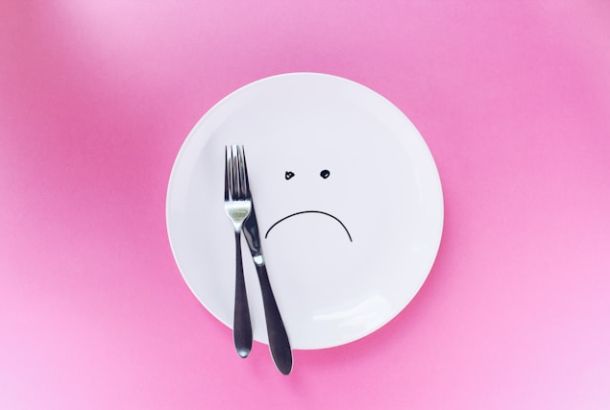Recipe Book Review
My shelves are bursting with recipe books, all shapes, sizes, and types. Their pages often unspoiled, and they fall open in a couple of places covered in sauce and potato on the very few recipes I’ve returned to or even cooked at all. The problem with recipe books is that there are rarely more than a few recipes that catch the eye, and, more importantly perhaps, they don’t really teach you anything about cooking, or about how to wing it and make something delicious from the half a cabbage, leftover potato and egg in the fridge (some sort of hash, anyone?). Useless is Heston’s snails on toast recipe, taking up a whole page with its ingredients list and complex shenanigans. Where would I get snails? I don’t have a garden. The books I return to over and over again are the books that tell you about food. These are the ones that act as a starting point from which to jump off in to all sorts of soups, stews, and savoury delights.
My firm favourite is a book that is both useful and a delightful read. Tamara Adler’s ‘The everlasting meal’ offers a novel approach to cooking. She starts the week with a big pot of salted water, and from there creates the base for a whole week’s meals. The water should taste a little saltier than tears, and less salty than sea water. She then adds some vegetables (and meat if she’s feeling fancy) and uses these as a base for salads, soups, or pasta dishes. You can use the vegetable water to cook pasta in, then add some olive oil, cheese and garlic to the cooked pasta with a few of the vegetables. With an oven one, you can follow the same principle, roasting a job lot of vegetables, and throwing in a few potatoes wrapped in foil. There is nothing handier than having left over potato in the fridge, it can be added to eggs and fried with some onion to make frittatas. It can be used to cover some vegetables in a dish to make a kind of vegetable shepherd’s pie, or it can be used with dill, onion and a bit of mayo for a potato salad. Adler’s attitude to leftovers is creative and inspiring, and whilst being economical (always good), it’s the imaginative nature of this alternative approach that I find so beguiling. Unlike a recipe book, it teaches you a useful approach to cooking that you can apply to your meals every day.
The second book, excerpts of which can be found in the Cook supplement in the Guardian if you’re interested, is Niki Segnit’s ‘Flavour Thesaurus.’ This book looks beautiful on a bookshelf and, like Adler’s, offers a different approach to cooking. Segnit has listed ingredients, grouped in to genres like ‘woodland,’ which includes nuts and squashes, and ‘earthy,’ which includes root vegetables and mushrooms. In each ingredient section, she offers flavour pairings, some classic, like mint and lamb, and some not so classic, like rhubarb and oily fish. Alongside suggestions of how to include these flavour combinations in your cooking, she often embellishes the ingredient entry with personal vignettes, and a geographical context to foodstuffs, like how they serve garlic and almond in Spain (in a cold soup called ajo blanco, apparently). The book is great when you have something knocking about that needs eating, but you’re not sure what to do with it. I discovered an amazing addition to a tuna sandwich through Segnit, and will be eternally grateful! She suggests mushing up an avocado with a little white wine vinegar and dill, and serving it with tuna. Absolutely gorgeous, and something a bit different to do with an avocado than just have it in a bacon sandwich (although that is also divine). A good bacon sandwich suggestion from Segnit is to add a mix of one part horseradish to 4 parts mayonnaise.
I return to both books again and again, and often get something new out of them every time. Give a man a recipe, and feed them for a day. You know the rest.







